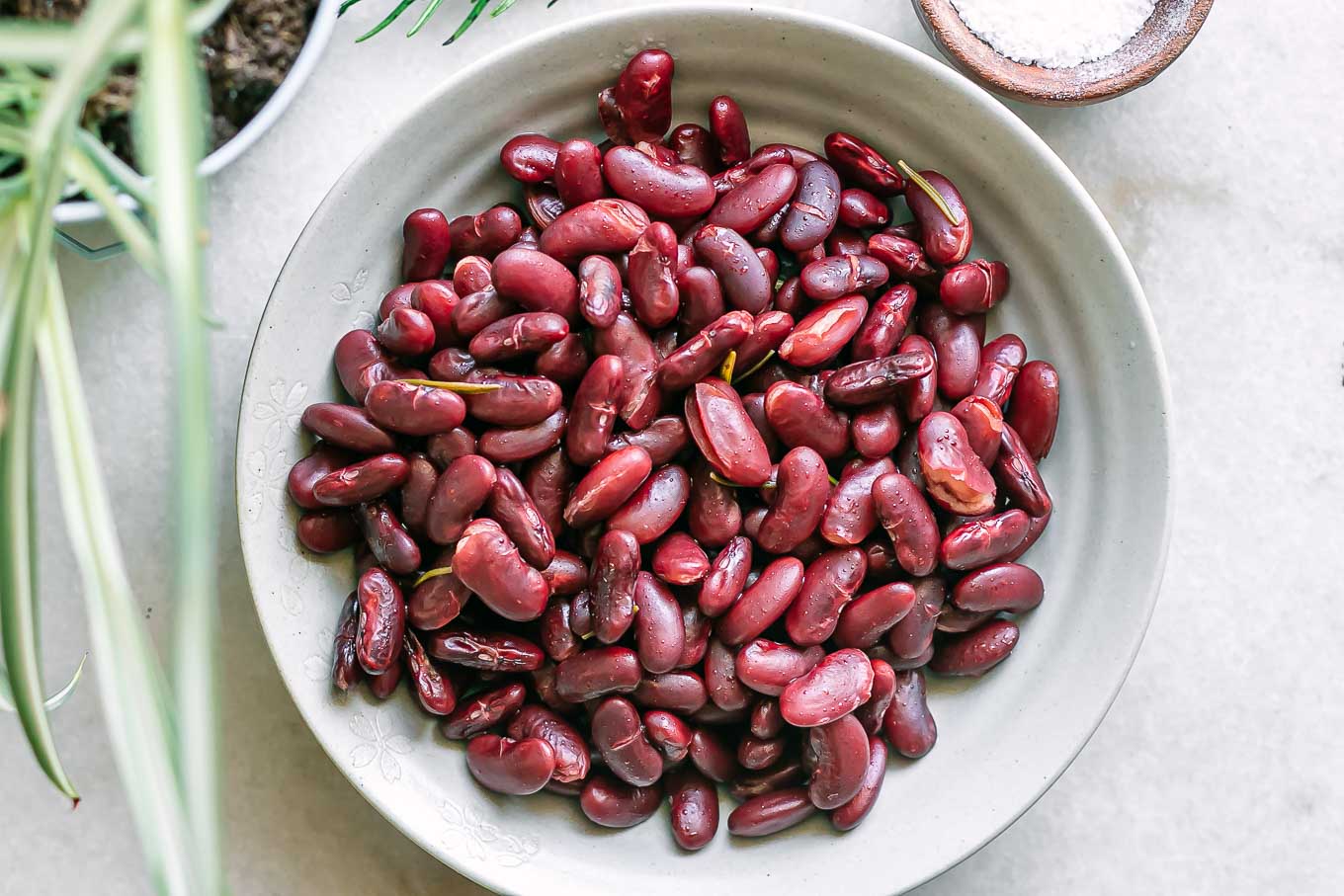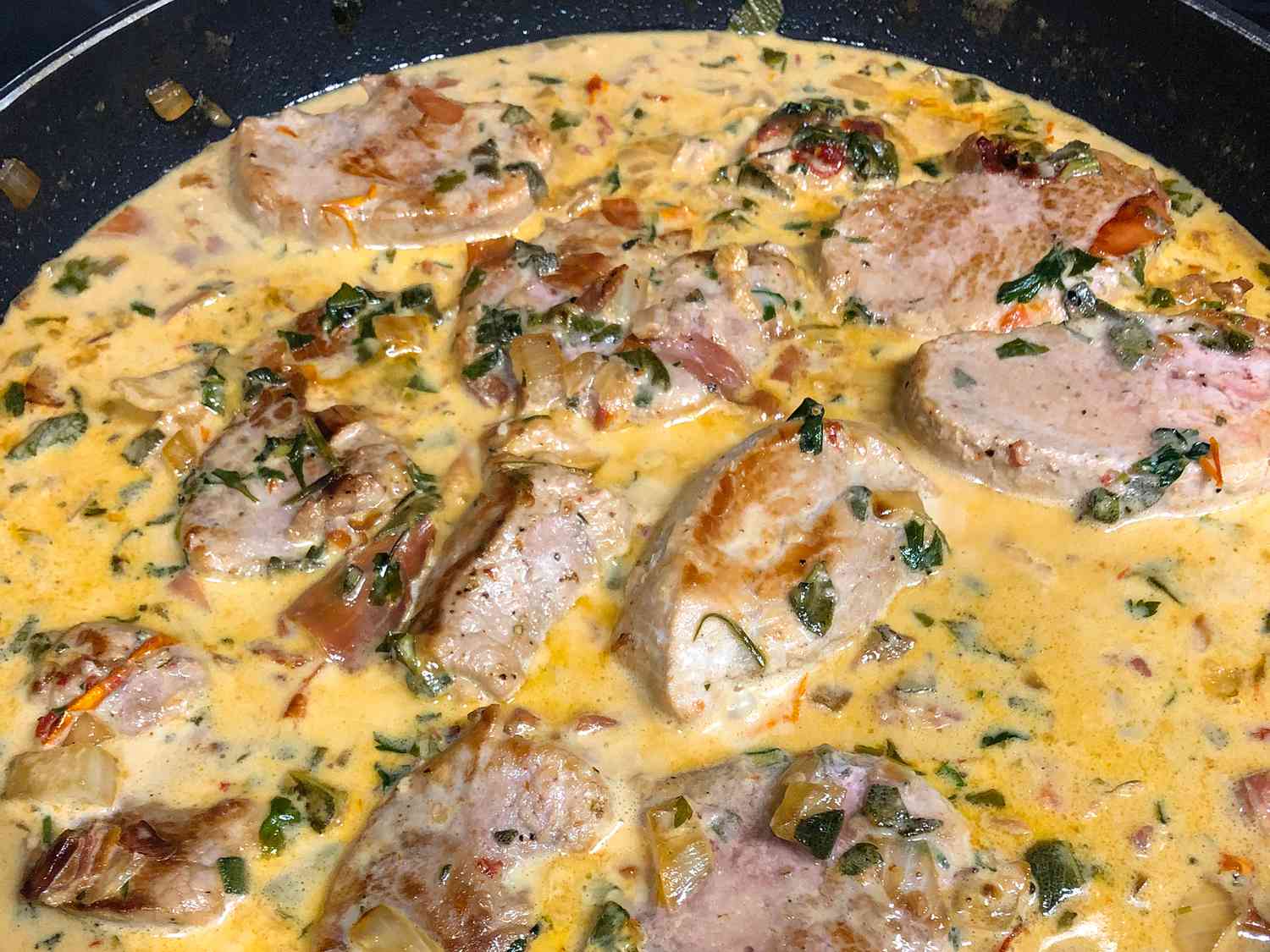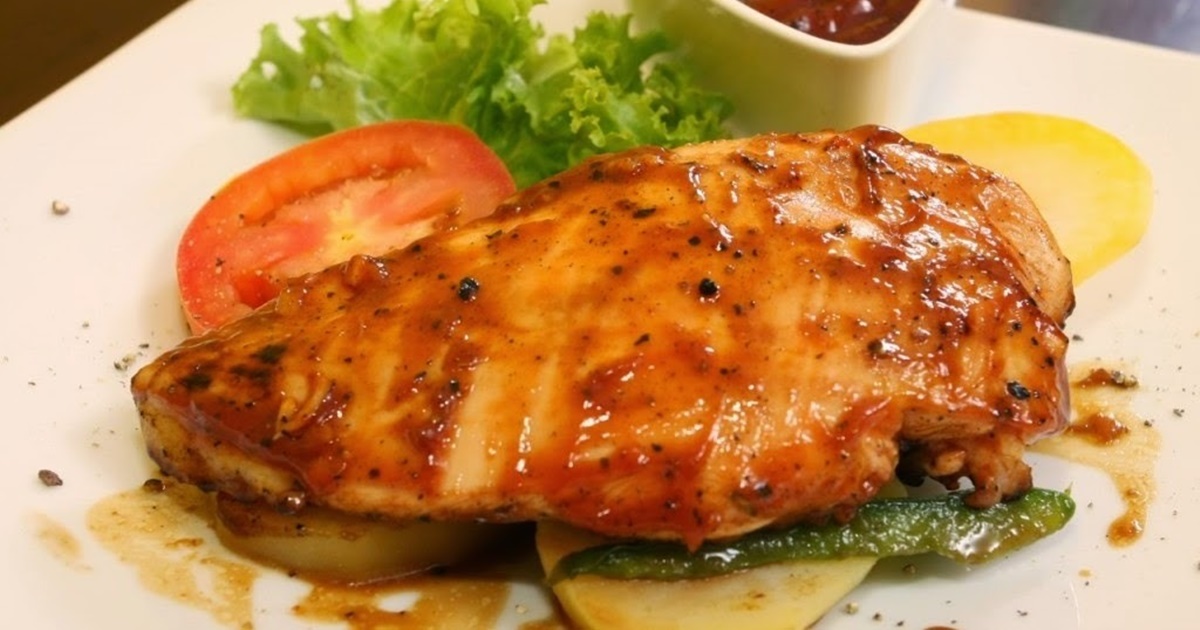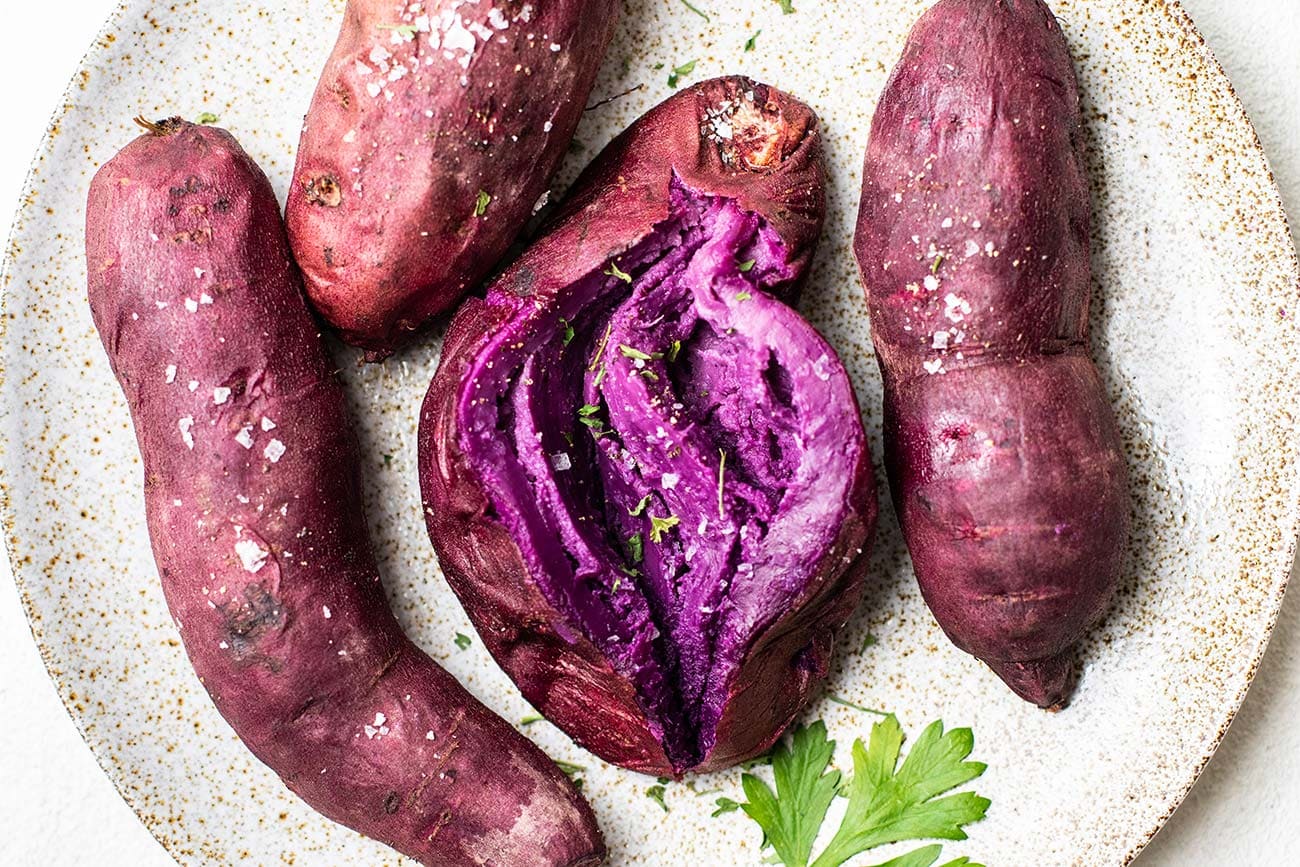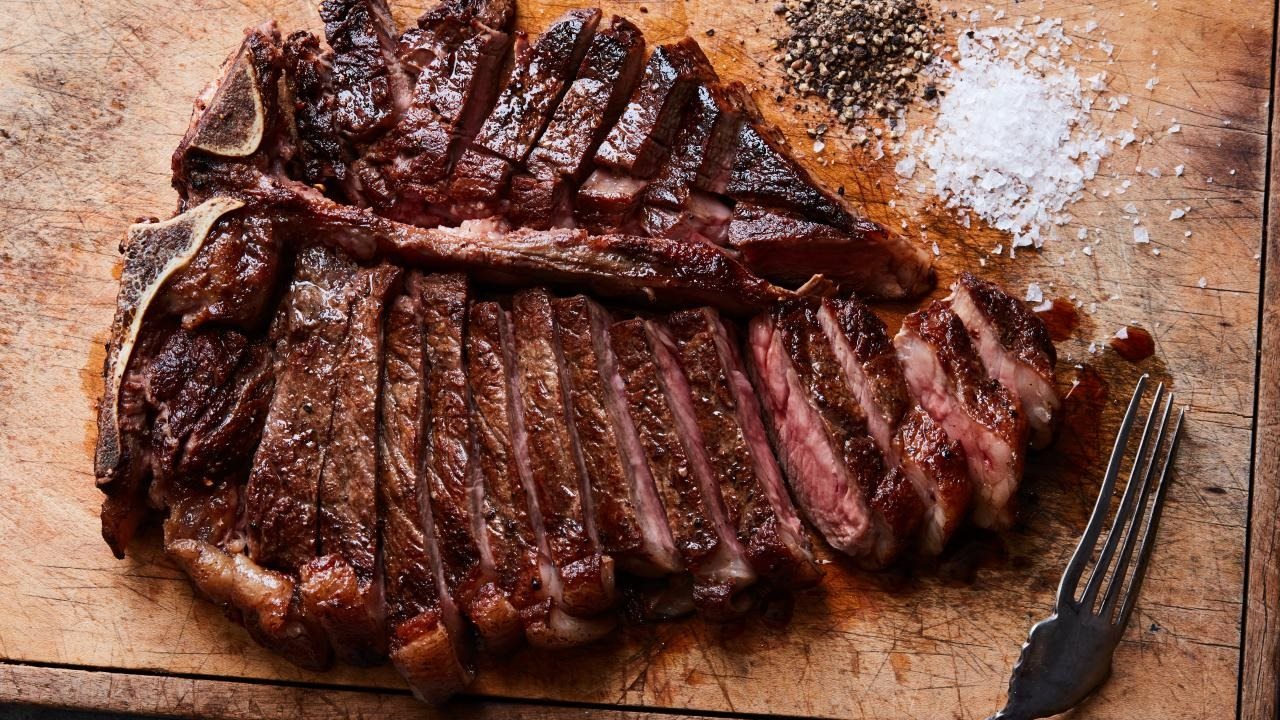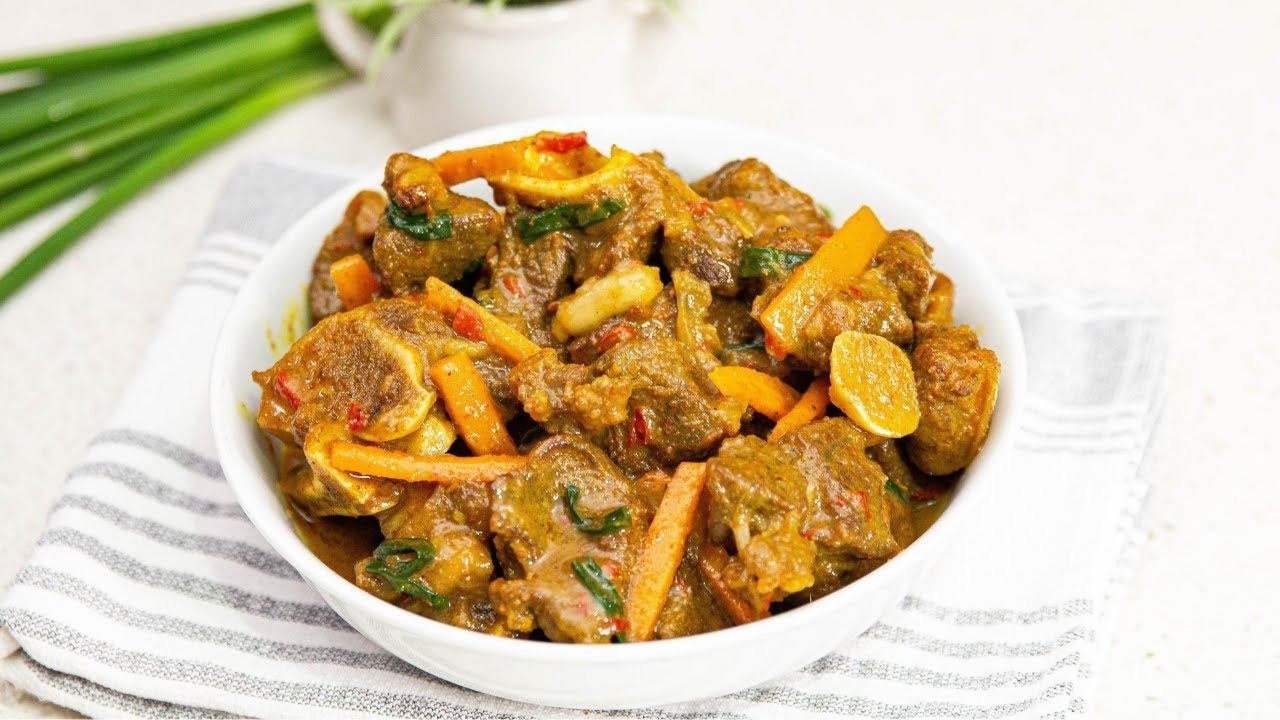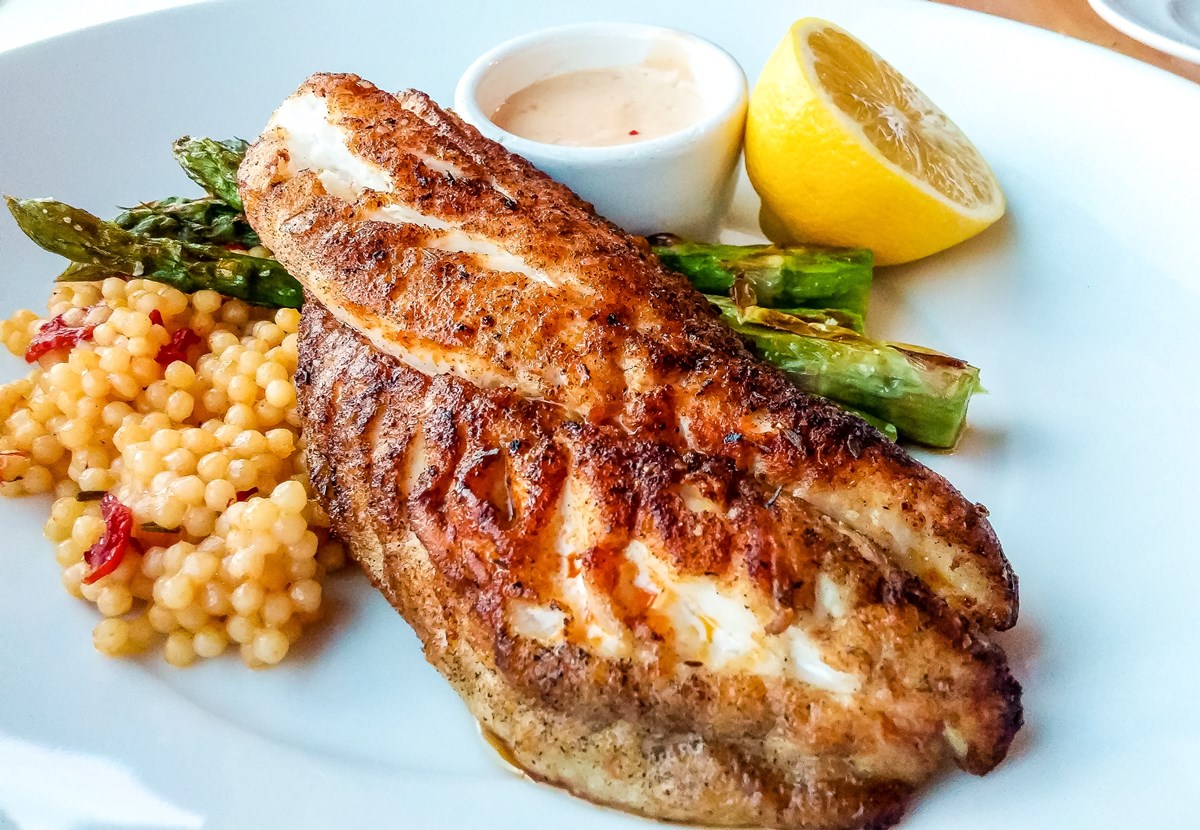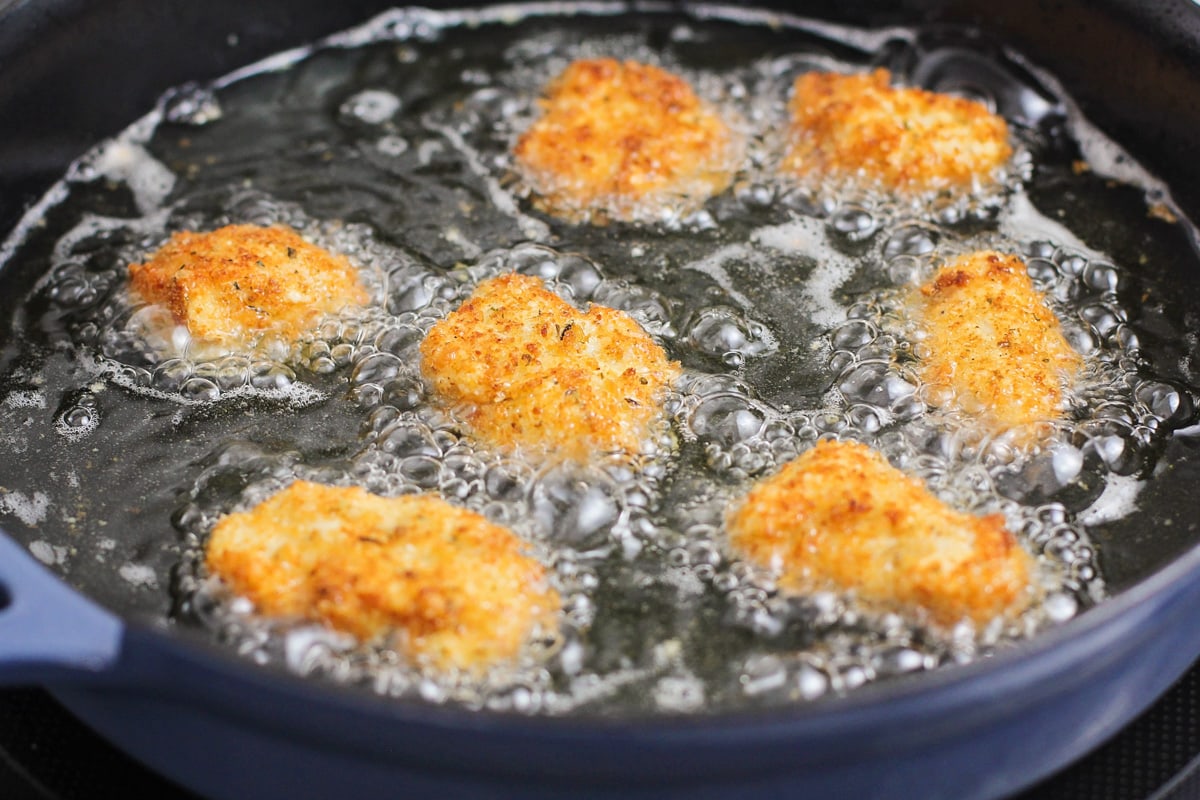Deliciously Tender and Juicy: Cooking Pork Cushion Meat in the Oven
Are you ready to take your culinary skills to the next level? If so, we have a mouthwatering recipe that will surely impress your taste buds and your guests. In this article, we’ll teach you how to cook pork cushion meat in the oven to achieve a succulent and flavorful dish. Get ready for a tender and juicy experience!
What is Pork Cushion Meat?
Pork cushion meat, also known as pork shoulder butt or Boston butt, is a cut of pork that comes from the upper portion of the shoulder. It is marbled with fat, making it incredibly tender and perfect for slow cooking methods like oven baking. This cut is known for its rich flavor and versatility, making it a favorite among home cooks and professional chefs alike.
Preparation and Seasoning
Before diving into the cooking process, it’s essential to properly prepare and season your pork cushion meat to enhance its natural flavors. Here’s what you’ll need:
- 2-3 pounds of pork cushion meat
- 2 cloves of garlic, minced
- 1 tablespoon of olive oil
- 1 teaspoon of salt
- 1/2 teaspoon of black pepper
- Your choice of herbs and spices (e.g., paprika, thyme, rosemary)
Now, let’s move on to the cooking process!
The Oven Cooking Method for Pork Cushion Meat
- Preheat your oven to 325°F (165°C).
- Using a sharp knife, score the fat on the surface of the pork cushion meat. This will help the meat to absorb the flavors and render the fat during cooking.
- In a small bowl, combine the minced garlic, olive oil, salt, black pepper, and your chosen herbs and spices.
- Rub this seasoning mixture all over the pork cushion meat, ensuring it is evenly coated.
- Place the seasoned pork cushion meat on a roasting rack inside a baking dish.
- Cover the baking dish with aluminum foil, creating a tight seal to lock in the moisture.
- Transfer the dish to the preheated oven and roast for approximately 2.5 to 3 hours, or until the internal temperature of the pork reaches 145°F (63°C).
- Once fully cooked, remove the dish from the oven and let the pork rest for 10-15 minutes, allowing the juices to redistribute.
- Finally, slice the pork cushion meat into desired portions, and serve it alongside your favorite side dishes and sauces.
Get ready to savor the incredible tenderness and juiciness of your perfectly cooked pork cushion meat!
Recipe Variations and Suggestions
If you’re feeling adventurous, here are some variations and suggestions to experiment with:
- Marinate the pork cushion meat overnight in your favorite marinade before rubbing it with the seasoning mixture.
- Add some liquid to the baking dish, such as broth or apple cider, for extra flavor and moisture during cooking.
- Try different herb combinations like sage and thyme, or go for a spicy kick with chili powder and cayenne pepper.
- For a crispy exterior, remove the aluminum foil during the last 15-20 minutes of cooking and increase the oven temperature to 400°F (200°C).
Get creative and adapt the recipe to your personal taste preferences. The possibilities are endless!
Time to Impress!
By following these simple steps, you’ll be able to serve a delectable and tender pork cushion meat dish straight from your oven. Remember, patience is key when cooking this cut, as slow roasting allows the flavors to develop and the meat to reach its peak tenderness.
So, next time you’re looking for a show-stopping meal, why not give pork cushion meat a try? Your friends and family will be impressed with your culinary skills, and your taste buds will thank you!
More Delicious Pork Cushion Meat Recipes to Try
Now that you've mastered the basics of cooking pork cushion in the oven, it's time to experiment with flavors from around the globe. From the herb crusted pork cushion roast that promises a fragrant and savory meal to the bold and spicy spicy mexican pork cushion tacos, there's a recipe for every palate. We particularly recommend trying the asian style pork cushion for an umami-packed dinner or the italian herbed pork cushion for a touch of Mediterranean zest. These recipes not only highlight the versatility of pork cushion but also help you utilize your oven-cooking skills to create dishes that are both delicious and visually appealing.
Was this page helpful?
Read Next: How To Cook Frozen Stuffed Shells In Oven

